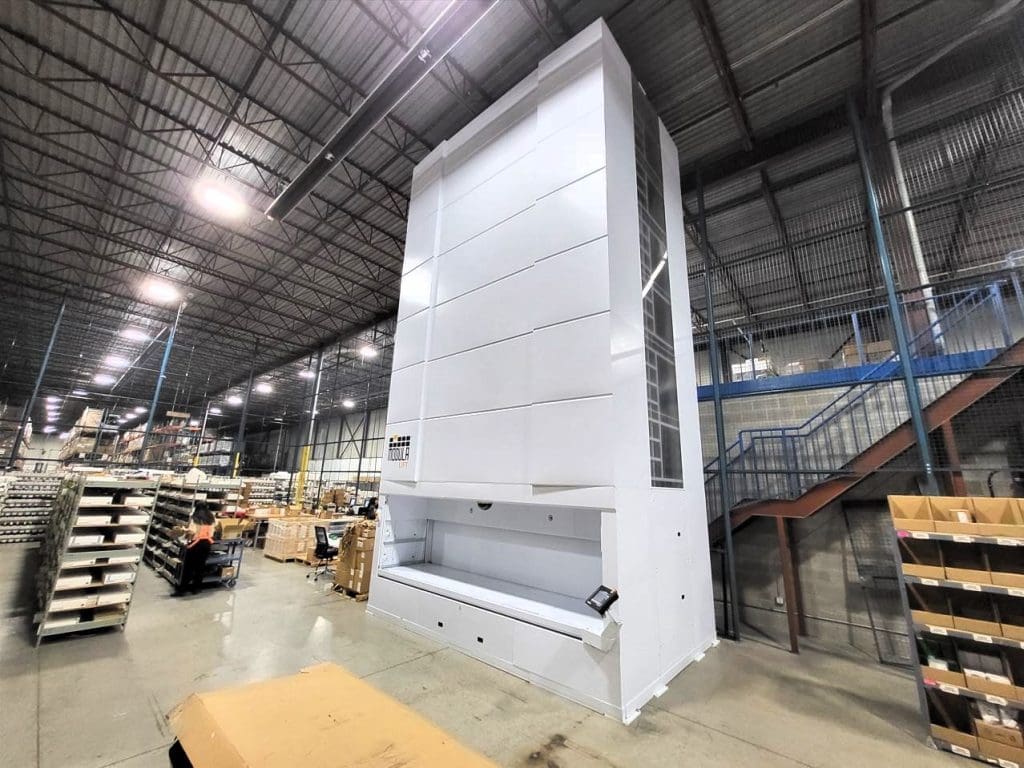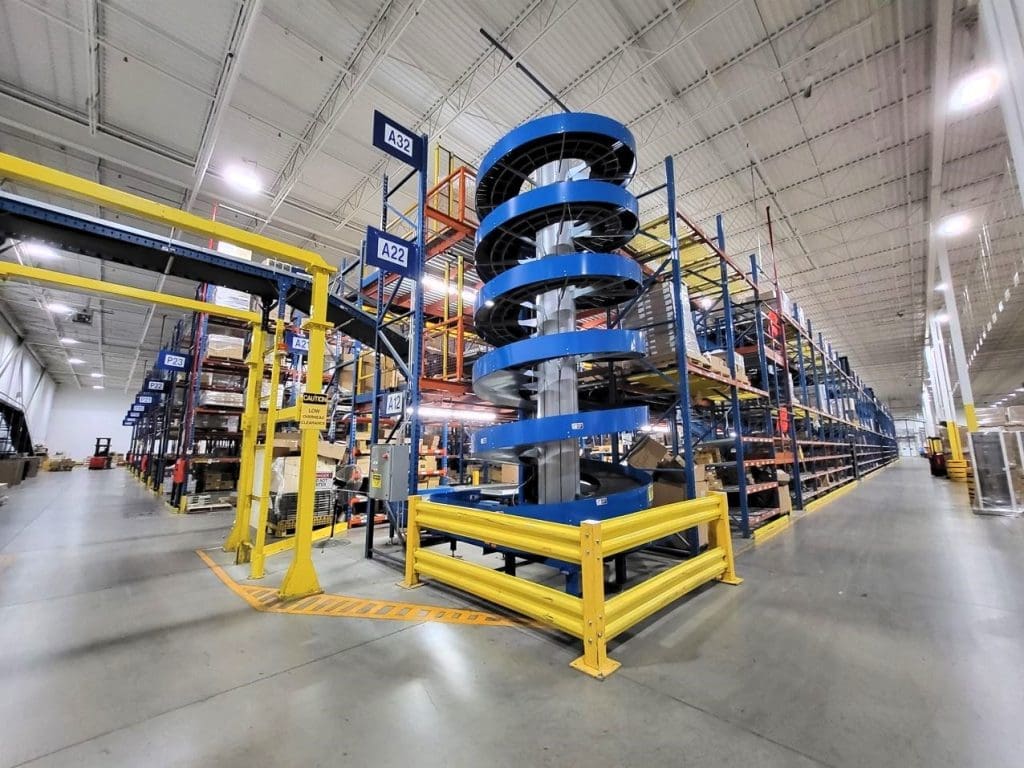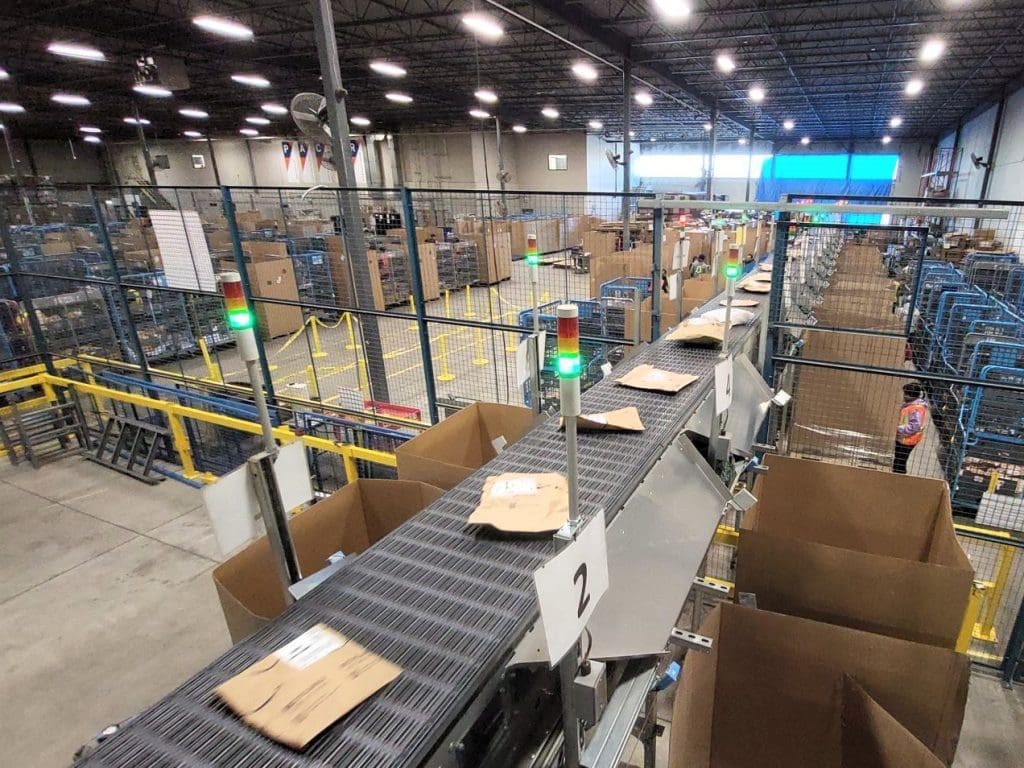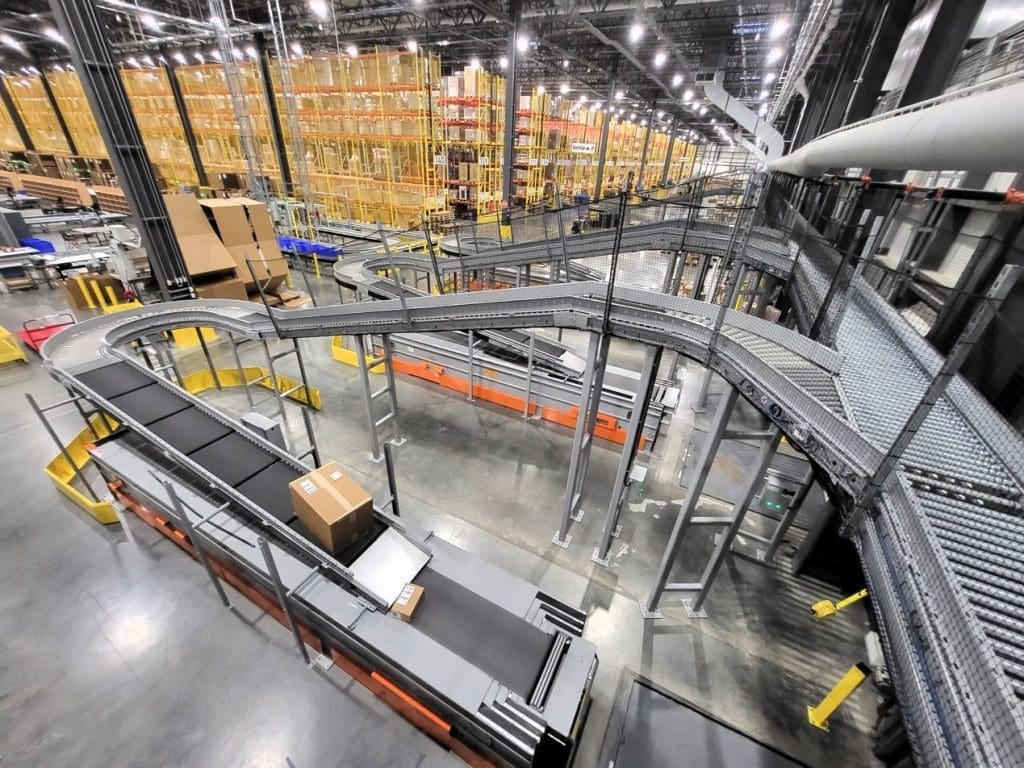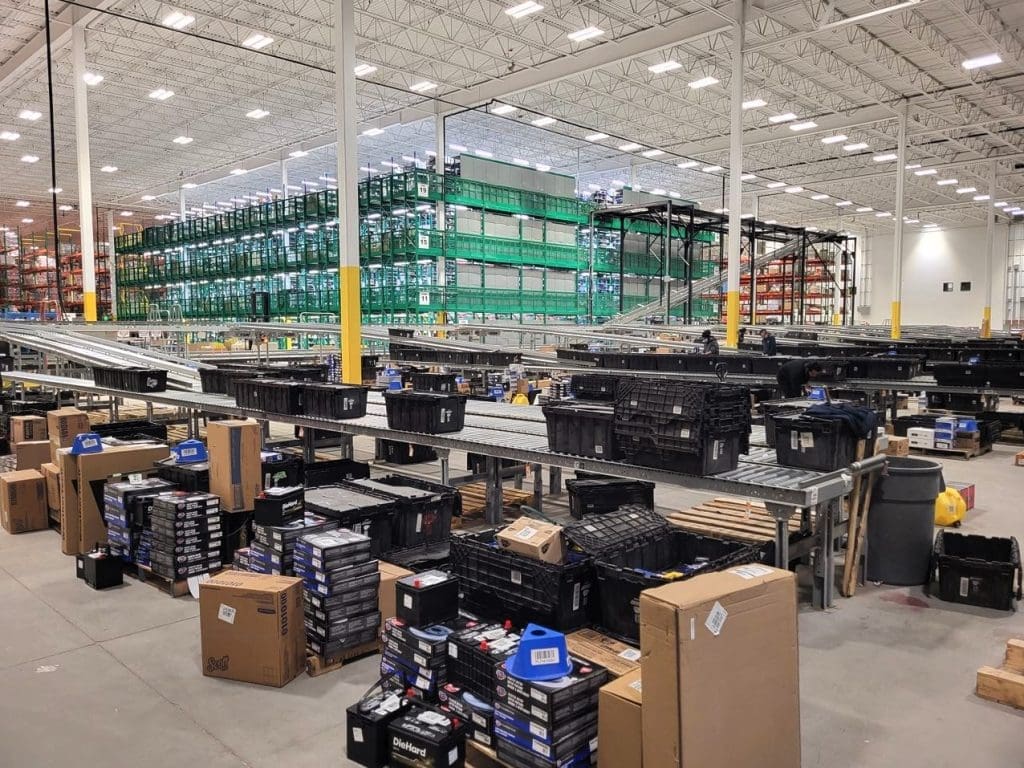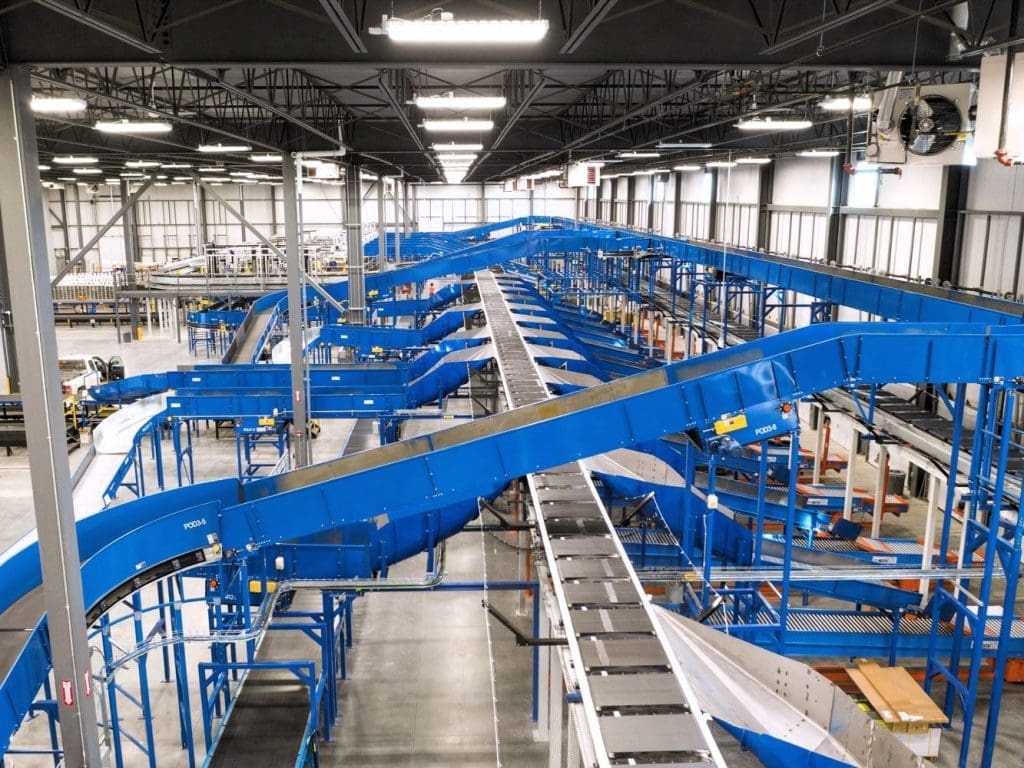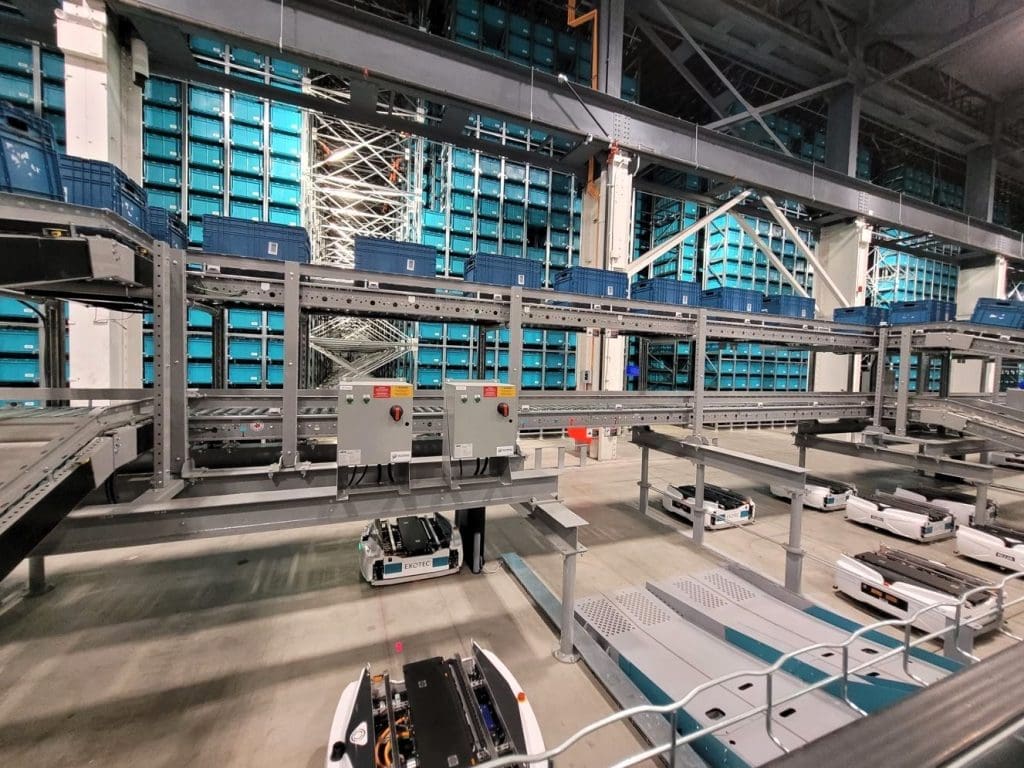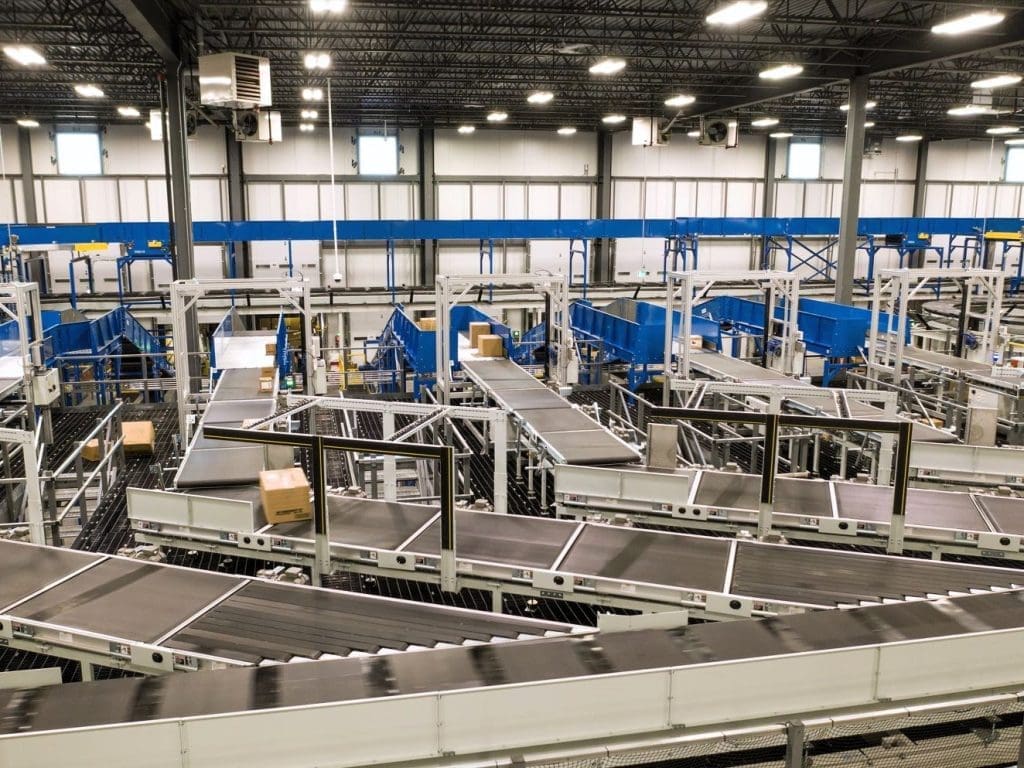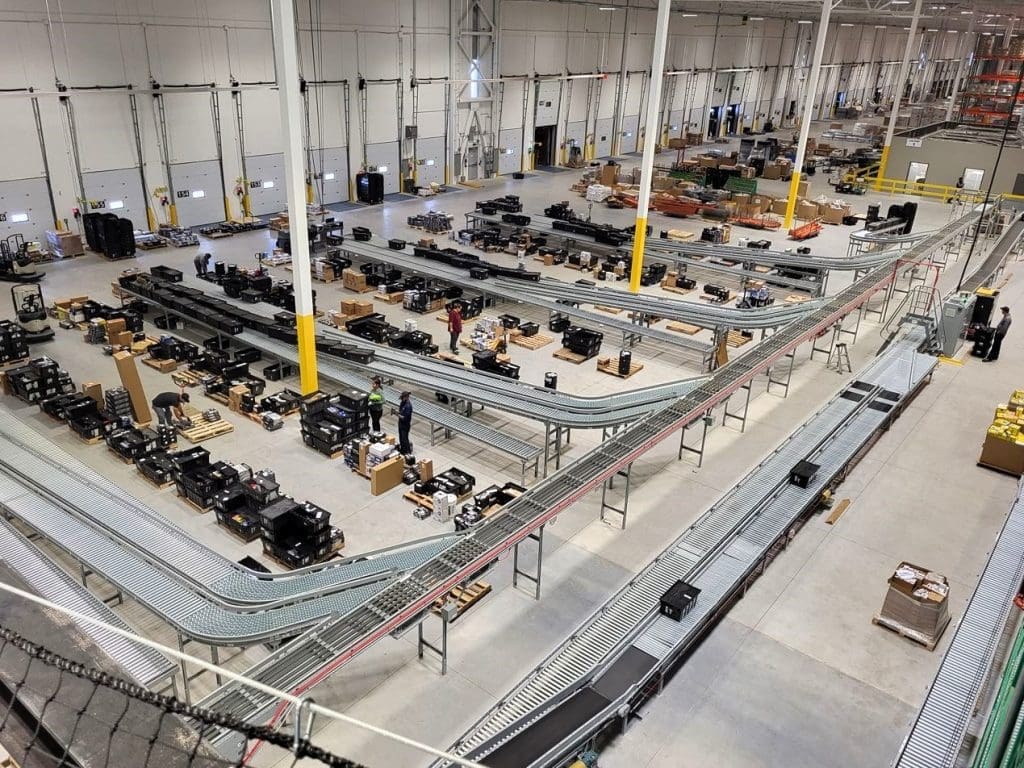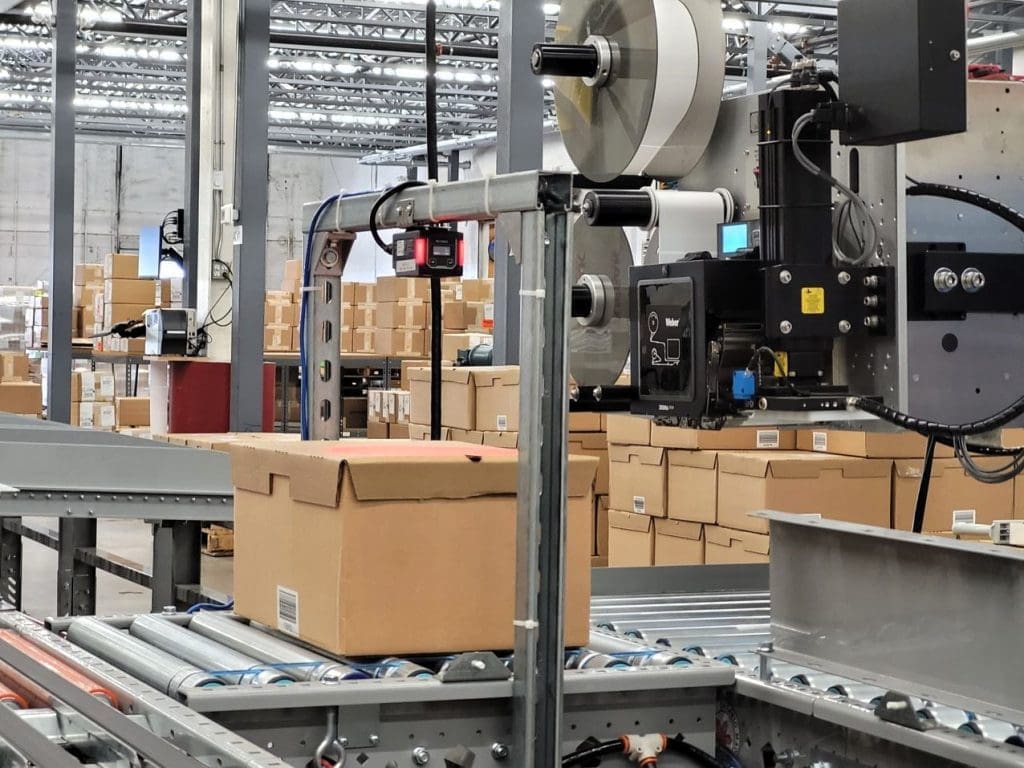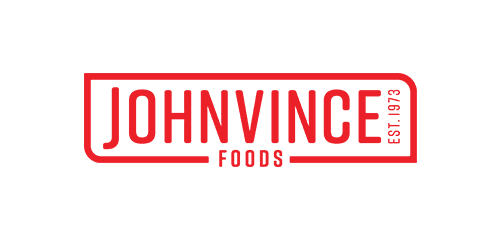How Can We Solve Your
Pick
Let’s fix your pain points
Welcome to Mainway Handling, where we revolutionize warehouse operations through advanced automation solutions. With our expertise in warehouse automation, we help businesses streamline processes, increase efficiency, and maximize
productivity.
Welcome to Mainway Handling, your premier partner for optimizing warehouse operations through advanced automation and complete systems integration. With our expertise in warehouse automation and seamless integration of diverse systems,
we empower businesses to achieve unparalleled efficiency, productivity, and success.
We always design with the end in mind. With this philosophy, we make sure that your system is future-proof.
Our Abilities
We understand that every warehouse has unique needs and challenges. Our team specializes in developing customized automation solutions tailored to your specific requirements. From goods receiving to order fulfillment and shipping, we offer comprehensive automation solutions that cover every aspect of warehouse operations.
Leveraging the latest advancements in technology, our expertise in systems integration ensures that automation technologies seamlessly integrate with your existing infrastructure, maximizing efficiency and performance.
Whether you’re a small warehouse or a large distribution center, our automation solutions are designed to scale with your business. We prioritize flexibility in our automation solutions, allowing for easy adaptation to changing business needs and market demands.
Our Approach
We begin by conducting a comprehensive analysis of your warehouse operations to identify areas for improvement and automation opportunities. Based on our findings, we develop a strategic plan for complete systems integration, ensuring that every component works together seamlessly to optimize efficiency.
Our team of engineers creates innovative designs that maximize space utilization, optimize workflows, and enhance productivity. We leverage advanced technology and industry best practices to ensure that our designs are both efficient and future-proof.
Our experienced technicians handle the installation and implementation of all systems, ensuring efficient execution and minimal disruption to your operations. We provide comprehensive support and maintenance services to keep your systems running smoothly, with assistance available for any issues or concerns.
Stay up-to-date and follow us on
Unparalleled Service
We help reduce costly downtime and keep your system operating at maximum efficiency.
Ask about Mainway’s ongoing lifecycle support and post installation preventative maintenance programs.


